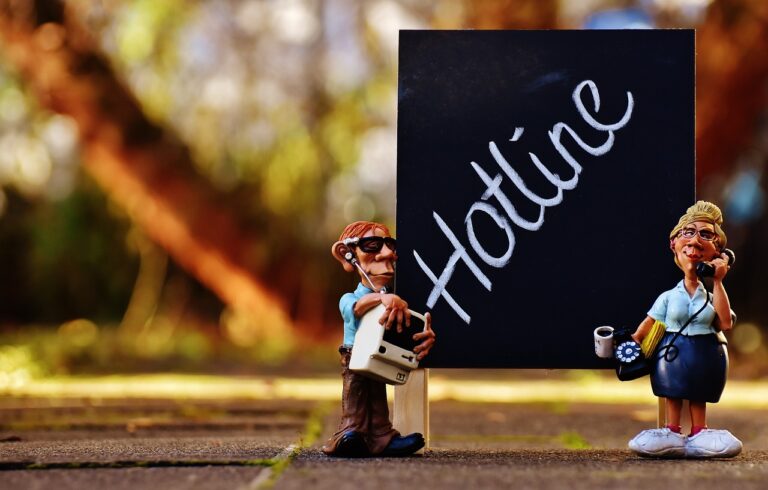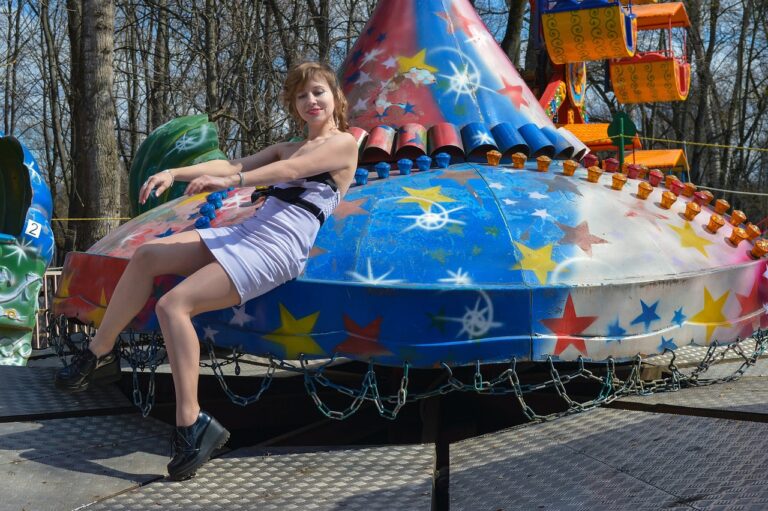Exploring Sound Editing in Art Documentaries: Enhancing Appreciation: All pannel .com, Play99exch win login, Gold365
all pannel .com, play99exch win login, gold365: Art documentaries are a unique blend of visual and auditory elements that come together to tell a compelling story about an artist, art movement, or creative process. While the visuals play a crucial role in capturing the audience’s attention, sound editing is often the unsung hero that enhances the overall viewing experience. In this article, we will explore how sound editing in art documentaries can elevate the audience’s appreciation and understanding of the subject matter.
Setting the Tone with Music
Music is a powerful tool that can set the tone and mood of a documentary. Whether it’s a haunting melody accompanying a somber reflection on an artist’s struggles or an upbeat tune underscoring a joyful celebration of creativity, the right soundtrack can greatly enhance the emotional impact of a scene. Sound editors work closely with composers and music supervisors to select music that complements the visuals and helps create a cohesive narrative.
Creating Atmosphere with Ambient Sounds
In addition to music, ambient sounds play a crucial role in creating a sense of place and atmosphere in art documentaries. From the gentle rustling of leaves in a tranquil garden to the bustling sounds of a busy art studio, ambient sounds can transport the audience into the world of the artist and provide a sensory experience that goes beyond the visual. Sound editors carefully choose and mix these sounds to create a realistic and immersive environment for the viewer.
Enhancing Narrative with Voiceovers
Voiceovers are another important aspect of sound editing in art documentaries. Whether it’s the voice of a narrator providing context and insights or the artist themselves sharing their thoughts and reflections, voiceovers can help guide the audience through the story and provide a deeper understanding of the subject matter. Sound editors work to ensure that the voiceovers are clear, well-balanced with the other audio elements, and seamlessly integrated into the overall sound design.
Using Sound Design for Emotional Impact
Sound design involves the creation of sound effects and audio elements that enhance the emotional impact of a scene. Whether it’s the sound of a brushstroke on canvas, the clinking of tools in a sculptor’s studio, or the ambient sounds of a bustling art gallery, sound designers use a variety of techniques to bring the visuals to life and evoke an emotional response from the audience. Through careful editing and mixing, sound designers can manipulate the auditory experience to heighten the drama, tension, or beauty of a particular moment.
Engaging the Audience with Surround Sound
Surround sound technology has become increasingly popular in art documentaries, allowing viewers to experience the audio in a more immersive and dynamic way. By using multiple speakers placed strategically around the viewing space, sound editors can create a 3D audio environment that envelops the audience and enhances their connection to the visuals on screen. Whether it’s the sound of a symphony orchestra filling the room or the whispers of an artist’s inner thoughts swirling around the listener, surround sound adds an extra layer of depth and richness to the viewing experience.
Expanding the Arsenal with Foley Sounds
Foley sounds are a specific type of sound effect created and added in post-production to enhance the realism and authenticity of a scene. In art documentaries, Foley artists may recreate the sounds of footsteps, clothing rustling, or objects being manipulated to create a more immersive audio experience. While these sounds may seem subtle, they can make a big difference in enhancing the overall quality of the documentary and drawing the audience further into the world of the artist.
FAQs:
Q: How important is sound editing in art documentaries?
A: Sound editing is crucial in art documentaries as it enhances the emotional impact, atmosphere, and narrative of the film, leading to a more engaging and immersive viewing experience.
Q: What tools do sound editors use for editing audio in art documentaries?
A: Sound editors use a variety of software tools such as Pro Tools, Adobe Audition, and Logic Pro to edit, mix, and master audio elements for art documentaries.
Q: How can I learn more about sound editing for art documentaries?
A: There are many online resources, courses, and workshops available for learning about sound editing in art documentaries. You can also study the works of well-known sound designers and watch behind-the-scenes documentaries to gain insights into the creative process.
In conclusion, sound editing plays a vital role in enhancing the appreciation and understanding of art documentaries. By using music, ambient sounds, voiceovers, sound design, surround sound, Foley sounds, and other techniques, sound editors can create a rich auditory landscape that complements and enhances the visuals on screen. Next time you watch an art documentary, pay attention to the sound editing and see how it adds a new dimension to your viewing experience.







